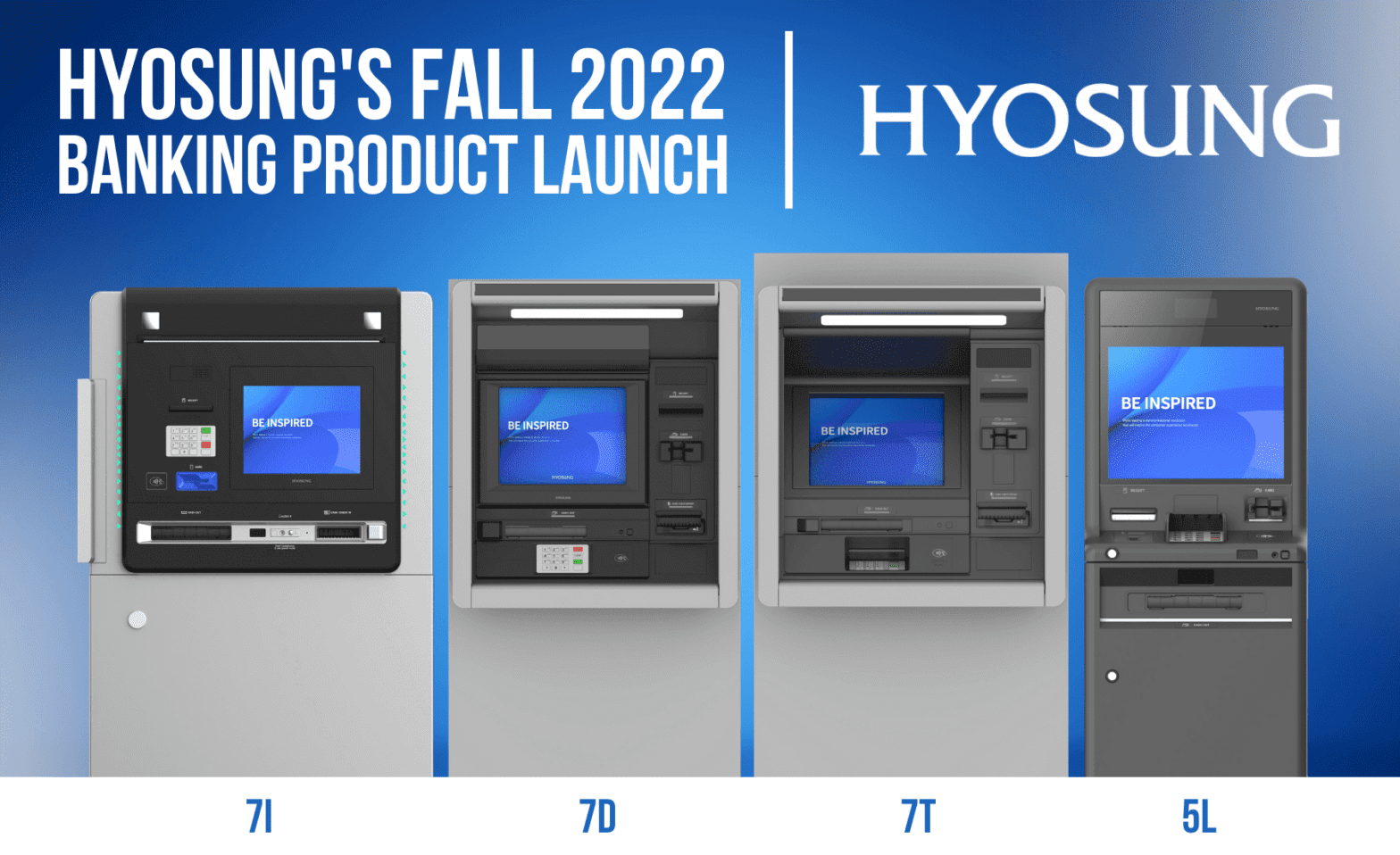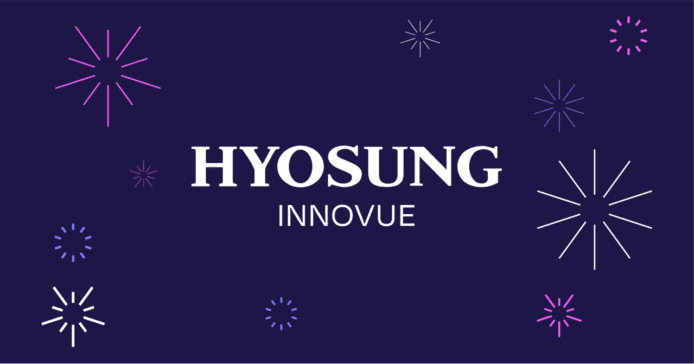

Bill Budde is the Vice President of FI Strategy for Hyosung. In this role, he helps banks and credit unions make decisions about branch transformation technology and unlock the value of those investments. Prior to joining Hyosung, Bill worked at JPMorgan Chase in both the Retail Banking and Merchant Processing business units, developing and implementing many self-service capabilities.
Self-service technology has existed for a long time, though introduction of new capabilities has historically remained narrowly focused. The first practical commercial vending machines were introduced in the 1880s, though for decades they were mostly limited to selling stamps, postcards, and liquids (if you really want to dive down an internet rabbit hole, first century Greek engineer and mathematician Heron (or Hero) of Alexandria is credited with, among his many inventions, the very first vending machine, which enabled the self-service purchase of holy water). In the 1940s, the self-service gas pump was introduced, permanently changing the fueling experience for drivers everywhere (well, except in New Jersey and Oregon). In the 1960s, the ATM provided revolutionary efficiency, access, and convenience to financial institutions and their customers, but its use has typically been tied to banking transactions (editor’s note: Hyosung is changing that). With the technological advances of the past couple decades, however, self-service options have proliferated to all facets of our lives, from grocery stores to restaurants to hotels. The effectiveness of self-service capabilities varies, but one thing that all effective self-service implementations have in common is a good user experience design.
At its broadest, user experience design encompasses all aspects of a product or service, from branding to acquisition to function, and even includes product support. For self-service products, a couple very important aspects are intuitiveness and usability. For new products, the definition of “intuitive” is pretty clear – a person can immediately begin using a product because its features and functions are clear and easy to understand. For products with a long history – things like an ATM, for instance – intuitiveness has an additional layer. In these instances, features and functions also need to be consistent with users’ historical expectations of those features – for example, a card reader should look like a card reader, regardless of the overall design of the entire machine. As technology evolves and features are added, intuitive design principals are used to ensure the entire system retains a cohesive collective design to maximize the intuitiveness of the entire experience. The ATM industry has been very successful in this area – even as features have been added and designs have been modernized, device evolution has had an emphasis on intuitiveness.
For the most part, usability has also historically been a strength of ATM design. The layout of the machines lend themselves to ease of use by people standing in front of them. Easy to see labels, screens to display instructions, appropriate height, interaction points lined up logically – these are all hallmarks of usability. There’s one exception, however, where ATM design has struggled from a usability perspective – the drive-up, a form factor that is largely limited to just the U.S. Many times, drive-up ATMs ended up being copies of their walk-up siblings, which made manufacturing more efficient. This efficiency comes at the sacrifice of usability. Failing to take into account vehicle size variability or reach limitations creates situations where users have to lean entirely out of their windows, need to open their door, or sometimes even must get out of their car and stand in front of the machine just to withdraw money from their checking account. As financial institutions look to capitalize on the expanded functionality of ATMs by converting their drive-up areas to be exclusively automated, this can leave a bad impression on their customers of the entire banking experience.
Fortunately, the ATM industry is coming around to designing all of the form factors for user experience, including drive-ups. This focus on overall user experience design, specific to the actual form factor and use case, combined with the advanced functional technology to enable a wide range of banking interactions, allows financial institutions of all sizes to deliver great experiences to their customers at all self-service locations.
For more information on how you can deliver great self-service experiences for your customers, contact your Hyosung sales rep or your local Authorized Hyosung Partner.
